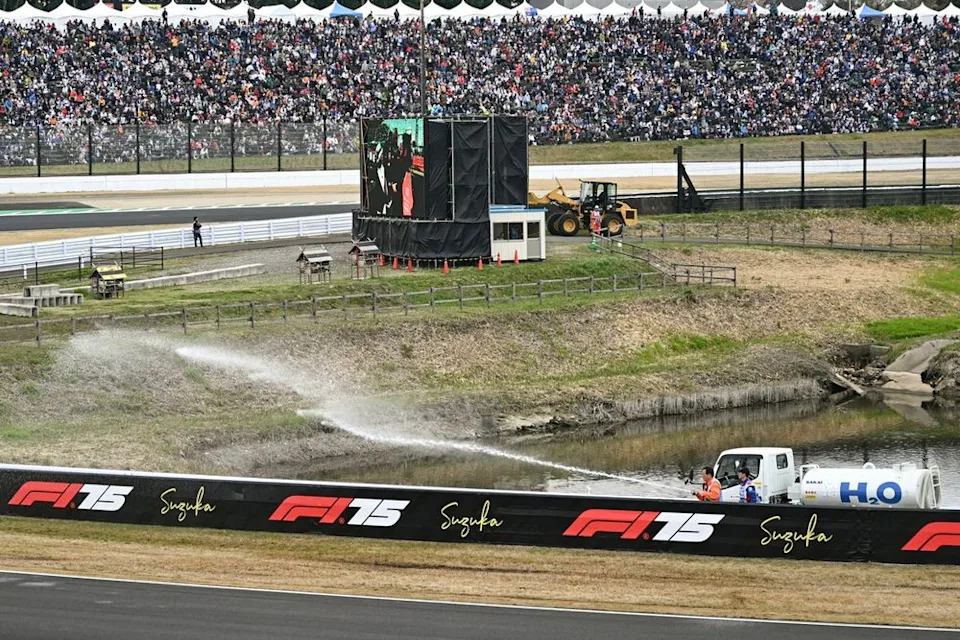The FIA, Components 1 and its groups have mentioned mechanisms within the 2026 engine rules to permit trailing producers to catch up, whereas investigating options to keep away from a repeat of the Japanese Grand Prix grass fireplace incidents.
The 2026 engine guidelines had been a key level on the agenda of the most recent assembly of the F1 Fee on Thursday in Geneva, amid issues over the brand new rules blowing the grid extensive open when they’re launched subsequent season. There’s a widespread want to keep away from a repeat of 2014 when stole a march on the remainder of the sector and it took for years for some producers, like 2015 entrant Honda, to catch up.
Commercial
Not like then, subsequent 12 months’s engine programmes can be topic to a funds cap, which might make it even more durable to those that lag behind to catch up, which is why numerous catch-up mechanisms had been mentioned on the assembly.
Motorsport.com understands groups got here to a primary understanding to permit producers who fall behind to make use of extra dyno hours and in addition to further engine funds cap headroom. Solely energy unit and never group efficiency can be used to find out whether or not or not a producer is behind.
Additionally on the agenda was a proposal to drastically cut back the electrical part of subsequent 12 months’s energy models to keep away from eventualities the place automobiles must dramatically decelerate the straight as their batteries run out of cost.
The re-introduction of the subject divided opinion over the Saudi Arabian Grand Prix weekend, with Mercedes F1 chief Toto Wolff calling the proposal a “joke”, whereas Christian Horner – whose Pink Bull group is engaged on in-house energy models with help from Ford – was an enormous proponent. One center floor can be to solely make changes to the power deployment fee in race trim on circuits dominated by lengthy straights, reminiscent of Monza.
Commercial
It’s understood there’s nonetheless a ways between the assorted groups on what a suitable compromise would seem like. Any engine associated adjustments can be checked out in additional element by the ability unit advisory committee.
In an announcement the FIA mentioned: “The F1 Fee mentioned in precept refinements to the power administration technique for 2026, in addition to measures to handle monetary points that may be confronted by energy unit producers that have both low efficiency or vital reliability points in 2026.”
The F1 Fee additionally mentioned attainable options to the grass fires that derailed the Japanese Grand Prix weekend, with apply and qualifying halted a number of instances attributable to sparks coming from the automobiles igniting the grass lining the Suzuka circuit.
Marshals spray water to dampen the grass to stop trackside fires
Marshals spray water to dampen the grass to stop trackside firesMohd Rasfan – AFP – Getty Photos
Mohd Rasfan – AFP – Getty Photos
Commercial
The FIA mentioned “it was agreed to research each another skid materials (metal) and potential therapy on some circuits.” Switching from titanium to stainless-steel on circuits that function grass run-offs might have some implications relating to the load of the automobiles and the wear and tear of the skid plates, which remains to be to be mentioned.
Different bits of housekeeping embody amendments required to implement necessary two-stop methods on the Monaco Grand Prix in addition to a vital tweak to the capital expenditure allowance for brand new entrants, forward of Cadillac becoming a member of subsequent 12 months.
Learn Additionally:
To learn extra Motorsport.com articles .













